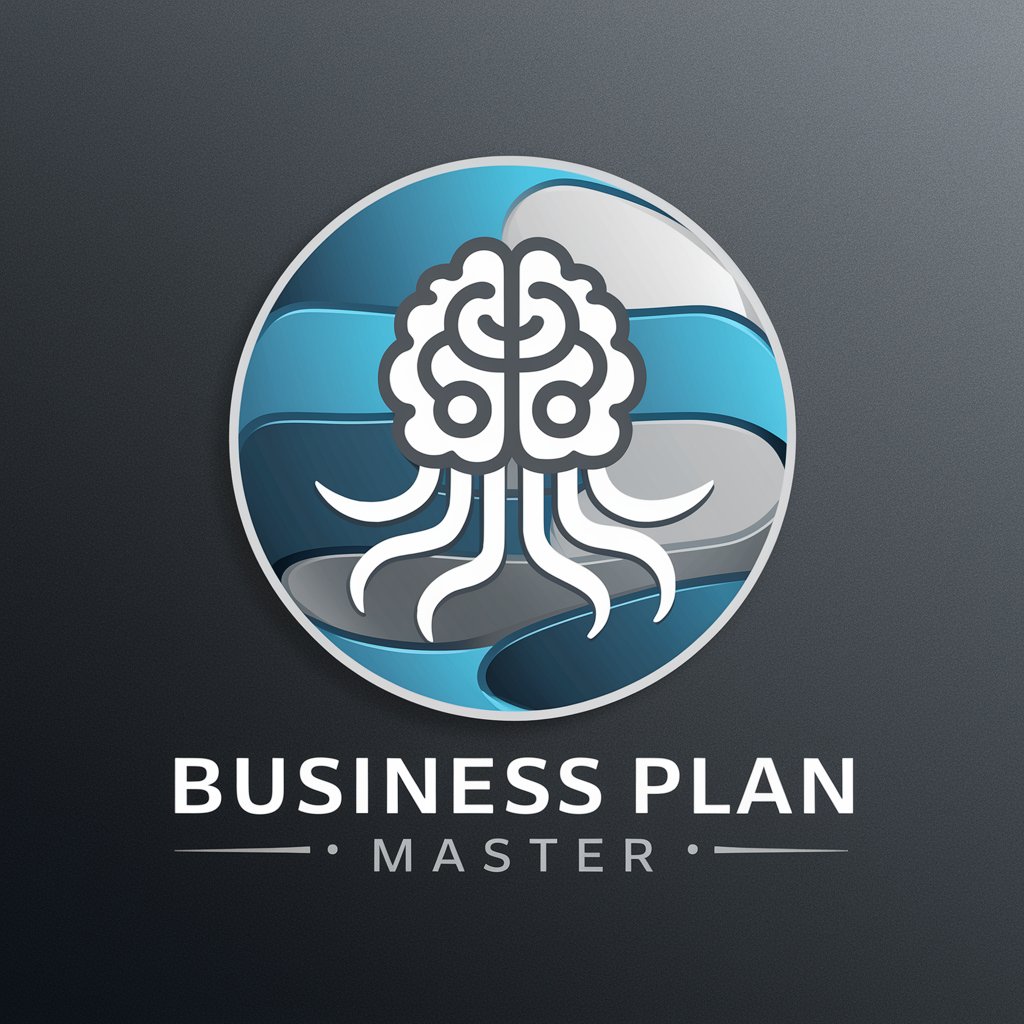
Financial Forecaster - Startup Financial Forecasting

AI-powered startup financial insights
Let's start
Get Embed Code
Overview of Financial Forecaster
Financial Forecaster is a specialized AI tool designed to assist startup founders and entrepreneurs in creating detailed financial models based on a short description of their business. Its primary function is to generate a basic 5-year financial forecasting summary, covering key metrics such as Revenue, Cost, Cash Flow, Profit Margin, Break Even, Customer Acquisition Cost (CAC), Lifetime Value (LTV), Capital Expenditures (Cap Ex), Debt to Equity Ratio, and EBITDA. By making informed assumptions, Financial Forecaster provides an initial draft model, which serves as a foundational tool for startups to plan and predict their financial trajectory. An example scenario where Financial Forecaster shines is in helping a new e-commerce platform estimate its initial and ongoing costs, project revenues based on market size and penetration rates, and calculate critical metrics like CAC and LTV, thereby enabling strategic decision-making. Powered by ChatGPT-4o。

Key Functions of Financial Forecaster
Revenue Forecasting
Example
For a SaaS startup, estimating monthly recurring revenue based on projected customer acquisition rates and subscription pricing models.
Scenario
A startup aiming to launch a project management tool seeks to understand potential earnings over the next five years, considering different growth scenarios.
Cost and Cash Flow Analysis
Example
Analyzing fixed and variable costs for a manufacturing startup, including raw materials, labor, and overhead, and projecting cash flow to ensure sustainability.
Scenario
A hardware startup needs to plan its financials to maintain operations until it becomes profitable, requiring a detailed cost and cash flow analysis.
Profit Margin and Break Even Analysis
Example
Determining the profit margin for a new restaurant by estimating average costs per meal and average revenue per customer, and calculating the break-even point.
Scenario
A restaurant wants to understand how many meals it needs to sell monthly to cover costs and start generating profits.
CAC and LTV Calculation
Example
Calculating the cost to acquire a new customer through digital marketing for an online retail store and comparing it to the lifetime value of a customer.
Scenario
An online retail store is evaluating its marketing strategies to ensure sustainable growth by optimizing acquisition costs and customer value.
Debt to Equity Ratio and EBITDA
Example
Assessing a company's leverage by calculating the debt to equity ratio and measuring earnings before interest, taxes, depreciation, and amortization for investment readiness.
Scenario
A tech startup seeking venture capital investment needs to present its financial health and earning potential to potential investors.
Who Benefits from Financial Forecaster?
Startup Founders and Entrepreneurs
Individuals in the early stages of business planning who need to create realistic financial projections to secure funding, plan for growth, and manage resources effectively.
Small Business Owners
Owners looking to expand or pivot their business model and require detailed financial models to understand the implications of their decisions on profitability and sustainability.
Investors and Venture Capitalists
Financial analysts and investors seeking to evaluate the potential of startups through detailed financial forecasts, enabling informed decision-making regarding investments.
Financial Analysts and Consultants
Professionals who provide advisory services to businesses and require sophisticated tools to generate comprehensive financial analyses and projections for their clients.

How to Use Financial Forecaster
1
Visit yeschat.ai for a complimentary trial, no sign-up or ChatGPT Plus required.
2
Provide a brief description of your startup, including its industry, business model, and key financial aspects.
3
Specify any particular metrics or areas of focus (e.g., Revenue, Profit Margin, CAC) for your financial forecast.
4
Review the initial financial forecast summary generated by Financial Forecaster, noting the assumptions made.
5
Offer feedback or request adjustments to refine the forecast model for more accurate future iterations.
Try other advanced and practical GPTs
DietDaily
Tailored Nutrition with AI

Spiritual Teacher GPT
Navigating Life with AI Wisdom

Ortho Reviewer
AI-Powered Orthopedic Research Simplified

Food Ban Checker
Unveiling Global Food Bans with AI

Riskeen - Your augmented risks responder.
Insightful Risk Intelligence, AI-Driven

Business Plan Master
Empowering your business vision with AI

Explorer Whiz
Making Learning an Adventure

Jumping Jack
Empowering Your Fitness Journey with AI

LinkPro Commenter
Elevate engagement with AI-powered comments

PTHelperZ
Empowering Therapists with AI Efficiency

Social Media Flame Wars
AI-powered humor in online debates

Simulador de Exámenes de Radioaficionado
Ace Your Radio Exam with AI-Powered Practice

FAQs About Financial Forecaster
What kind of startups can use Financial Forecaster?
Financial Forecaster is designed for startups across all industries. Whether you're in tech, retail, healthcare, or any other sector, the tool tailors financial projections based on your business model and market.
How accurate are the financial forecasts?
Forecasts are based on industry-standard assumptions and the information you provide. Accuracy improves with more detailed input and subsequent refinements based on your feedback.
Can Financial Forecaster help determine my startup's break-even point?
Yes, the tool calculates your break-even point by analyzing your revenue, costs, and cash flow to provide an estimate of when your startup is likely to become profitable.
Is it possible to customize the forecast for specific metrics?
Absolutely. You can request focus on specific metrics such as LTV, CAC, or EBITDA, and the tool will adjust the forecast accordingly.
How do I improve the accuracy of my financial forecasts?
Provide detailed, accurate information about your startup and work closely with Financial Forecaster to refine assumptions. Regular updates on your business’s performance help fine-tune forecasts.